“Digitisation in tourism is a must!” Tourism professionals hear and read this every day.
But articles and speeches simply assume comprehensive IT knowledge from their audience. Visions of the future are presented, new technical terms are thrown into the room and complex IT solutions are celebrated as groundbreaking.
But how practicable is all this for a destination or a company?
Which risks do you have to consider?
And what is the best way for implementation?
For all practitioners who ask themselves such questions, we have compiled the most important basics:
Originally, the term referred to the conversion of analogue information into digital formats.
Today, the term “digitisation” is used for everything that stores, transports and reproduces digital information.
From broadband, Wifi, 5G, NFC and Bluetooth, through blockchain, Internet of Things (IoT), websites, social media and online channels, booking and payment systems, apps and digital guest folders to robot concierges and devices:
Tablets, smart phones and watches, virtual reality glasses and other wearables.
Digital tickets, mobile boarding cards and e-mails are also part of “digitisation”.
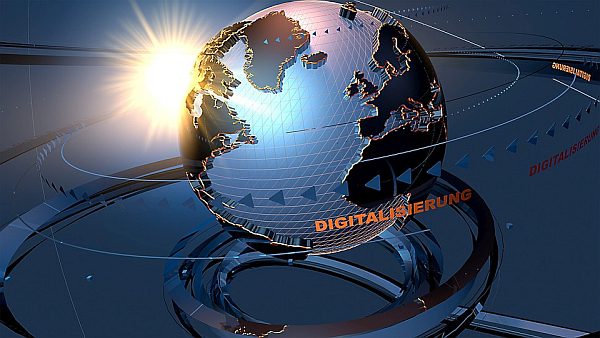
Yes, because today nobody will be able to do business without a website and an online booking tool.
Nevertheless: Not everything makes sense!
That’s why “digitisation” at any price is not a smart strategy. Rather, it is a question of supporting one’s own core strategy with suitable digital solutions.
First of all: What do we want – more guests, better visitor experience, new markets, additional offers for certain target groups, easier handling, etc.?
Only then: What digital solutions are there for these concrete goals? And which one is the best choice for me?
Because “digitisation by opportunity” will not work.
“Let’s make an app”, just because there was a cheap or nice provider? Or because the “others” are getting one too?
Yet no idea what this app should be able to do?
That makes failure inevitable.
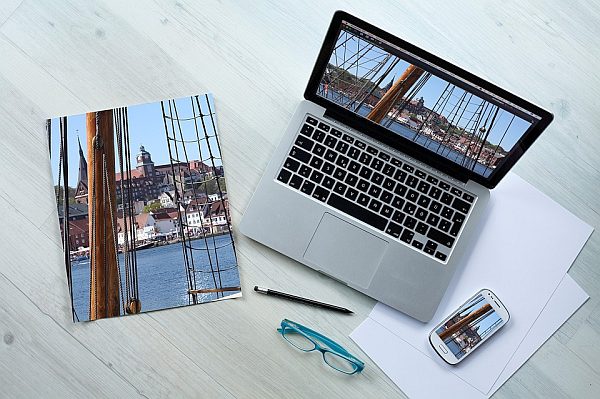
Digitisation needs knowledge
A modern website with online booking tool and relevant content, PMS and Channel Manager are standards.
However, for today’s requirements it also needs continuously new and relevant content (content marketing). Another must-have is “responsive design”: The website automatically adapts to the screen size of the visiting device. Due to the increasing use of mobile devices responsive design is very important. Without it the text size and navigation designed for a large PC will appear way too small on the smartphone. Which makes the website unusable for mobile devices.
If you want to offer apps or digital guest folders, virtual tours or online hiking and cycling maps, you first have to think about Internet data transfer:
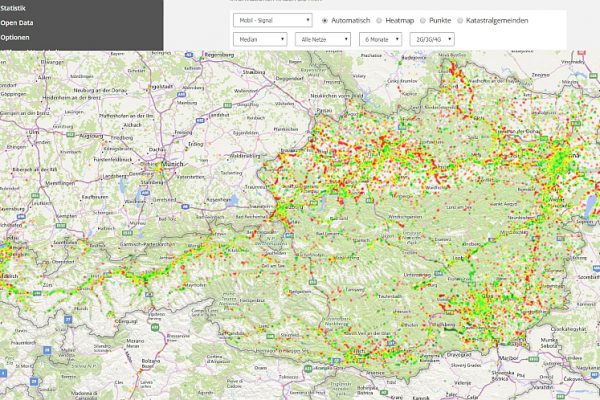
Mobile network coverage 2G/3G/4G in Austria – with many white spots! Source::”https//www.netztest.at/de/Karte”
It is a fact that more and more people are consuming more and more online content.
The Internet is therefore often slow and overloaded. We all know this from big fairs, events or even hotels:
Websites don’t open, downloads breaks off, videos stop or you don’t even manage to go online.
The reason is always the same: From about 50 people, who want to download or stream at the same time in the same broadcast cell area, it becomes critical.
A bus group that wants to do a virtual reality tour at the same time already has a problem.
300 passengers on a cruise ship who want to call up a video at the same time bring the network or the server to a standstill.
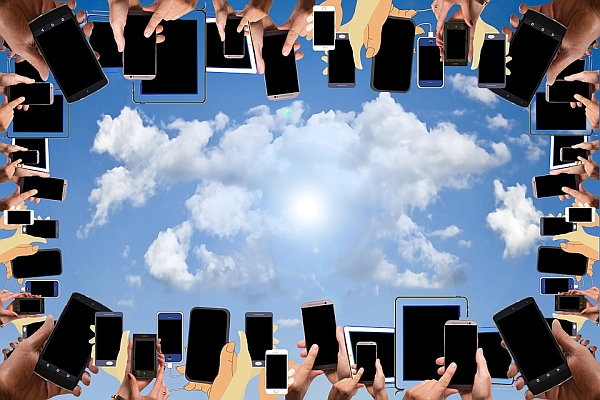
In order not to fall into the trap that the new digital service will not be always and everywhere accessible or roaming fees will annoy the guests, a very pragmatic approach is helpful:
These can be apps that work completely or at least partially offline.
Either the most relevant content is already stored in the app itself or is available in offline media such as data codes, NFC tags or beacons.
For example, the audio tour could be consumed via offline NFC speech tags, the city video on the cruise ship could also be shown on large screens on board, and the digital guest folder could run on the TV set.
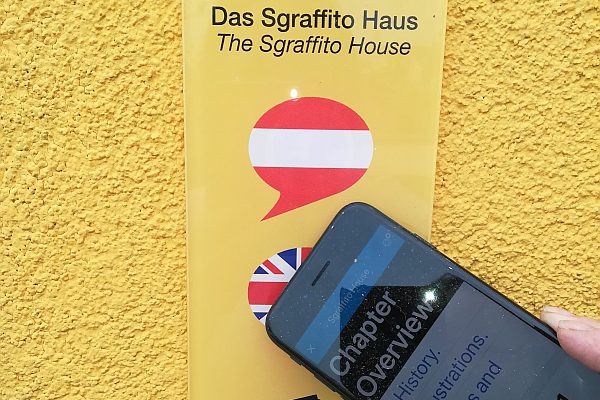
Network independent digitisation – offline Audio Guide
Apart from infrastructural network expansion, digitisation measures in tourism are usually aiming at improving the visitor experience and creating new offers.
This can be a multi-media themed hiking trail, a multilingual audio guide through the old town or the museum, a digital guest folder with online functions, an interactive cycle map or the already widely used “smart guest card” in cheque card format.
For every digitisation project, it is essential to draw up a detailed catalogue of requirements. And then to research the possible digital solutions.
It is therefore advisable either to choose existing, successfully tested solutions or to rely on independent experts to help draw up the individual catalogue of criteria.
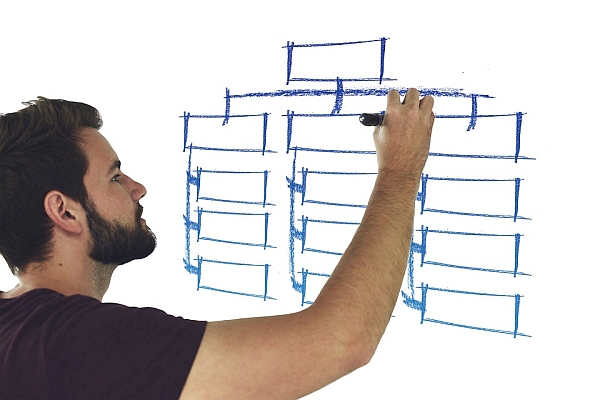
Communicating nature with interactive activities
read moreHow climate-friendly is the internet?
read moreFind out, how cost-effective our smart combination of Audio Guide and talking signage can improve the visitor…
read moreFind out how SpeechCode works: 5 steps to your personal SpeechCode - try it now!
read moreTo accommodate the varying needs of different use cases, SpeechCode offers several code and media options to best fit…
read moreAll our products offer a variety of advantages and features: Cost-effective, user friendly, accessible and legally…
read more